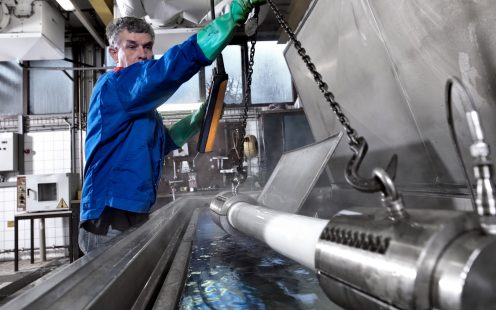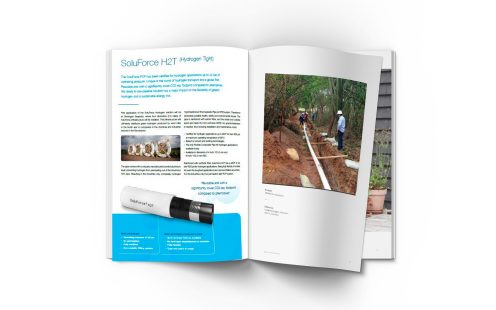Renewable energy
Flexible hydrogen pipeline systems for distribution & transportation
A revolutionary system significantly impacting the viability of (green) hydrogen distribution
Why hydrogen?
We are in the middle of a major energy transition, requiring cost-effective, reliable, and safe solutions. Renewable energies are becoming more important; consequently, the share of renewable energy is increasing to meet climate targets.
Hydrogen is one of the most versatile energy-bearing substances and will not only play an essential role as a decarbonized energy carrier but will also provide a buffer function, making renewable energy a more viable alternative to conventional fuels.
Cut costs and increase durability
Our mission is to revolutionize energy transportation by offering solutions that help cut costs and make operations safe, durable, and efficient. The SoluForce Hydrogen Tight system significantly contributes to the future of the hydrogen value chain, hastening the transition to a fully decarbonized energy grid.
Operating pressure of 42 bar
The result of SoluForce’s extensive research and development is a spoolable Reinforced Thermoplastic Industrial Piping System (RTP, also known as FCP) for hydrogen applications. The SoluForce FCP has been certified for hydrogen applications of up to 42 bar operating pressure, making it unique in the world of hydrogen transport and a global first. Based on proven technologies, it can be the perfect accelerator to achieve local green hydrogen distribution in a fast, flexible and cost-efficient manner.
With a significantly lower CO2 eq. footprint compared to alternatives, this ready-to-use hydrogen pipeline solution significantly impacts the feasibility of (green) hydrogen and sustainable energy mixes.
Benefits of SoluForce Reinforced Thermoplastic Pipe (RTP)
Callback
Pipe Types & Fittings
Because the SoluForce system can be completely non-metallic, including the fitting system, they are scaling- and corrosion free. Moreover, they do not suffer from hydrogen embrittlement which significantly reduces all associated risks. All SoluForce pipe systems have a smooth bore, which ensures a much lower flow-resistance and improved flow capacity. A SoluForce pipeline can transport up to 150MW of equivalent power in hydrogen. Their resistance to third party interference, earthquakes and landslides has been extensively proven and verified.
SoluForce has developed a spoolable Reinforced Thermoplastic industrial Piping system (RTP, also known as Flexible Composite Pipe, FCP) for hydrogen applications. From our various pipe types, we especially developed and tested the H2T Hydrogen Tight for hydrogen transportation. The SoluForce FCP has been certified for hydrogen applications up to 42 bar of operating pressure.
All SoluForce solutions comply with international standards (including API and ISO). Visit our track record page for more information on the various applications of our products.
Cases of SoluForce Hydrogen Transportation
Frequently Asked Questions
What are the benefits of hydrogen as an energy source?
Despite the production costs associated with green hydrogen, the gas has many attractive properties as a future fuel source. With over three times the energy of petroleum per unit of mass and zero carbon emissions, hydrogen works well when used in conventional combustion engines but also as a source of heat for homes.
Unlike electricity, hydrogen distributed production is possible wherever renewable energy and a water source are present. Hydrogen can fill gaps in the renewable grid when stored in high-pressure tanks when solar or wind farms cannot produce energy.
How is hydrogen transported?
There are a wide variety of ways to transport hydrogen. As a liquid, it can be shipped via insulated tube trailers by road, rail, or water in the form of a carrier substance — typically methanol or ammonia. However, pipelines have the highest energy efficiency and lowest distribution costs of any delivery system, supplying ten times the energy of a typical twin overhead power line at over ten times less cost.
What is green hydrogen, and how is it made?
Green hydrogen is made by splitting water into its separate hydrogen and oxygen molecules using electrolysis. The resulting hydrogen (technically dihydrogen, or hydrogen h2) can be shipped or stored as needed, with the only byproduct being oxygen. Electrolysis requires large amounts of electricity, which for the hydrogen to be classed as 'green', must come from renewable energy sources such as solar or wind farms.
What could green hydrogen be used for?
Green hydrogen can be blended with natural gas and either piped directly to home heating systems or used in municipal plants. When stored in fuel cells, hydrogen makes a viable alternative to batteries and electric motors, especially in larger applications such as coastal ships and long-distance trucks, as hydrogen can be injected into modified combustion engines and replenished at fueling stations in a similar manner to petroleum.
As well as being used for fuel cell vehicles, hydrogen can be transported to power stations and used directly as a fuel to create electricity, which can then be distributed through local power grids.
What is blended hydrogen?
By blending pure hydrogen into existing natural gas supplies, it will be possible to significantly reduce the CO2 emissions from home heating and cooking without residents having to radically alter their boilers or cookers. In the UK, for example, a 20% hydrogen blend is being trialed, which has not impacted gas users or required large-scale infrastructure changes.
Can natural gas pipes handle hydrogen?
On the one hand, hydrogen's low density means it flows at three times the velocity of methane. Conversely, methane has three times the calorific energy of hydrogen. This means that overall, existing pipelines should be able to deliver a very similar capacity of energy at a given pressure.
Will hydrogen energy become commonplace?
Demand for hydrogen is rising as we transition to a cleaner energy grid. In the United States, hydrogen production is building momentum, which could lead to a 400 times increase in capacity during this decade. Closer to home, The European Commission has stated that by 2050, hydrogen should form 12-14% of the EU's energy supply. The Hydrogen Council suggests that countries go even further, pushing for 18% of total energy to come from gas.
Contact us
Do you have questions? Contact us via contact form or chat! Our experts will get in touch with you as soon as possible
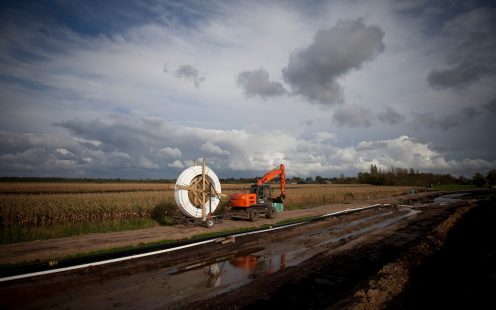
.jpg)
.jpg)
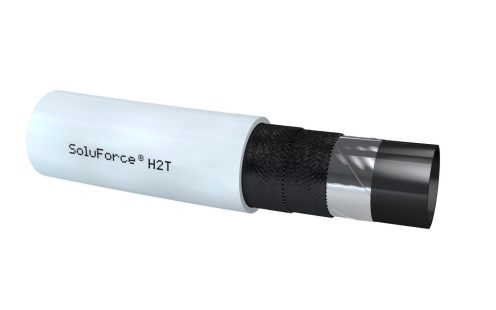
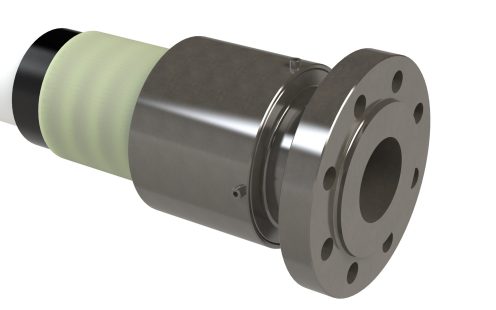
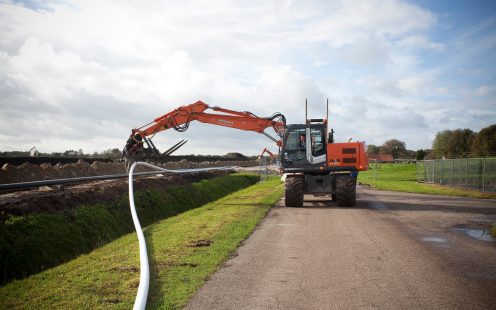
.jpg)
